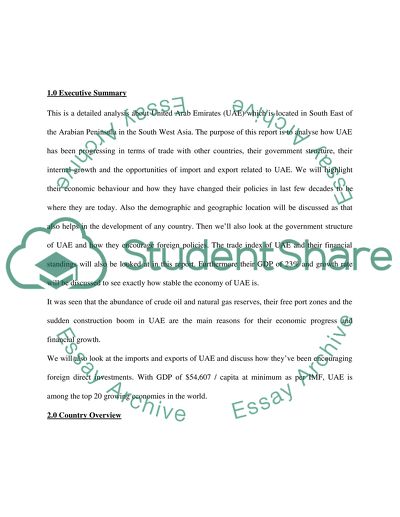Cite this document
(UAEs Government Structure, Internal Growth and the Opportunities of Case Study, n.d.)
UAEs Government Structure, Internal Growth and the Opportunities of Case Study. Retrieved from https://studentshare.org/macro-microeconomics/1560322-country-report
UAEs Government Structure, Internal Growth and the Opportunities of Case Study. Retrieved from https://studentshare.org/macro-microeconomics/1560322-country-report
(UAEs Government Structure, Internal Growth and the Opportunities of Case Study)
UAEs Government Structure, Internal Growth and the Opportunities of Case Study. https://studentshare.org/macro-microeconomics/1560322-country-report.
UAEs Government Structure, Internal Growth and the Opportunities of Case Study. https://studentshare.org/macro-microeconomics/1560322-country-report.
“UAEs Government Structure, Internal Growth and the Opportunities of Case Study”, n.d. https://studentshare.org/macro-microeconomics/1560322-country-report.


